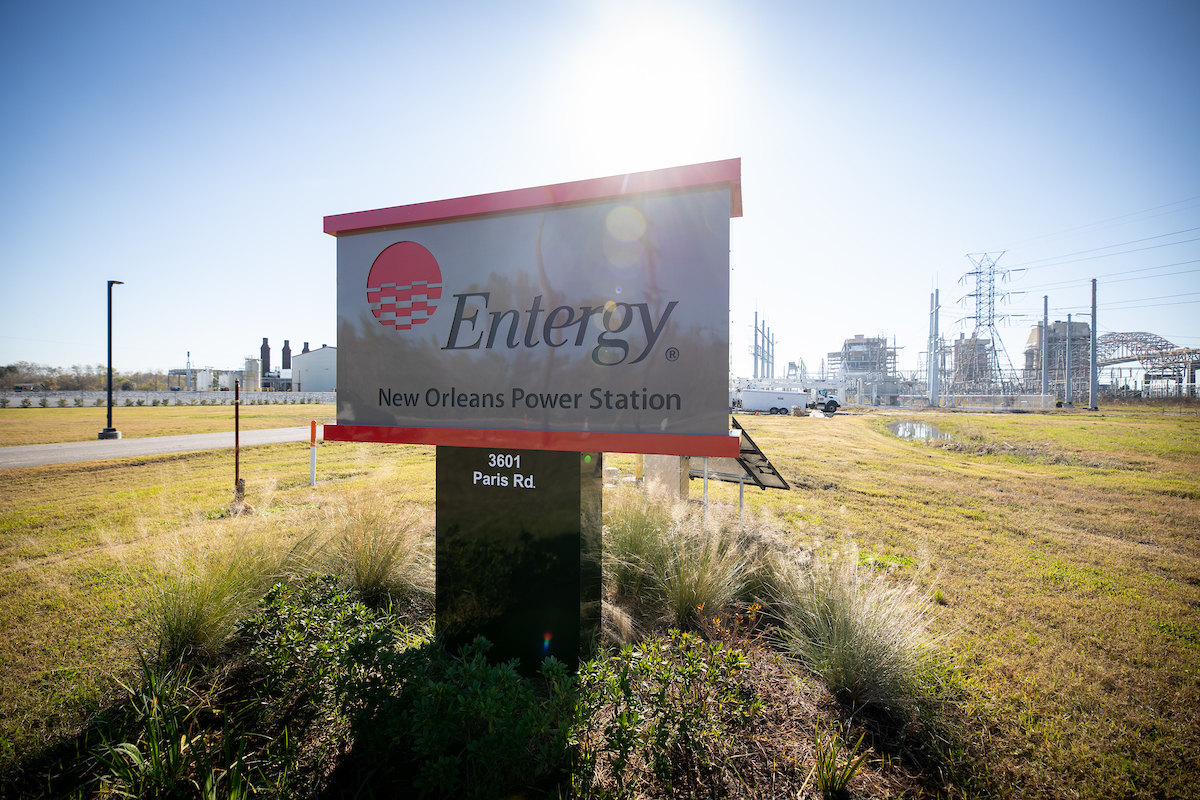Insights > New Orleans Power Station: An Important Resource in the Ida Restoration Process
New Orleans Power Station: An Important Resource in the Ida Restoration Process
09/02/2021

The New Orleans Power Station continues to be an important resource in Hurricane Ida restoration process.
Working as designed, NOPS is helping to restore customers in small increments because of its very flexible operating profile. That ability is critical when post storm restoration conditions change by the hour.
On Sept. 1, Entergy crews turned power on for some customers in Eastern New Orleans with generation supplied by both NOPS and a restored transmission line coming into the area over Lake Pontchartrain. This was the first step in bringing power back to the metro region, after Hurricane Ida left devastating destruction in its path.
The plant was approved by the New Orleans City Council and went into service in May 2020. It replaced the nearly 50-year-old Michoud units and was constructed below its $210 million budget. It has the ability to start itself even when surrounding areas are completely dark. It can generate power locally up to its 128-megawatt capacity when transmission lines are impacted by major storms. Today, it is doing what it was designed to do. It is working.
Reciprocating engine units, like those used at the New Orleans Power Station facility, are highly efficient and provide an essential source of local generation. Additionally, the unit can ramp up to full capacity in just a few minutes, which will provide needed flexibility and grid support as the amount of renewable generation in Entergy New Orleans’ portfolio increases.
The combination of NOPS and the restoration of the transmission line over Lake Pontchartrain created redundancy and stability and allowed Entergy New Orleans to reach a significant milestone in the restoration process – delivering the first power to approximately 8000 customers in neighborhoods around New Orleans.
NOPS could have been used to power part of New Orleans in an “island” mode; it possesses the blackstart capability to operate in this way, and we were fully prepared to deploy NOPS in this manner. However, having the tie to the rest of the power grid provides a more stable and resilient supply to customers and allows us to bring in power from other sources.
NOPS alone is not large enough to power the entire City of New Orleans. Full restoration will still take time given the significant transmission line damage across the region. Crews must methodically bring back additional transmission lines over time and provide other pathways for power to enter the region while keeping the power on in areas already restored. This will help maintain stability of the system throughout the complete restoration process.
The New Orleans Power Station has significantly lower emissions and uses minimal groundwater when compared to the former Michoud plant. The 1960s-era Michoud units 2 and 3 were deactivated on June 1, 2016.
The New Orleans Power Station is one part of Entergy New Orleans’ commitment to adding low-carbon, diverse generation to help combat climate change. Today, about 50% of the energy Entergy New Orleans customers use is clean, coming from sources that don’t emit carbon dioxide, such as nuclear, solar, and hydropower. Entergy New Orleans’ carbon dioxide emission rate is about 50% below the national average.

